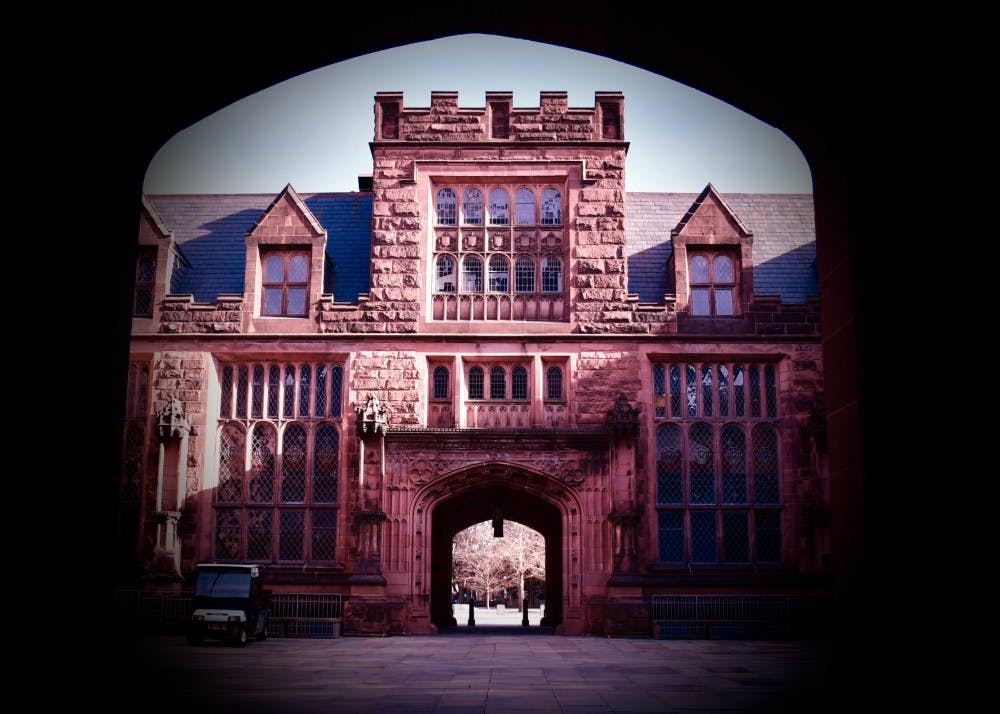In 1991, a brutal video of police officers beating motorcyclist Rodney King was released to the general public. Across the country outrage surged, with anger towards King’s assailants crossing racial and political lines. As critical theorist Kimberle Crenshaw describes, the video represented an “easy event for the entire mainstream of American culture to abhor, it did not present any of the hard questions of nineties’ controversies over race.” Disgust over the beating united left-leaning and conservative politicians alike; who, after all, couldn’t condemn a clear example of “old-style … racist power” that was caught on tape? Of course, Crenshaw wasn’t insinuating that the beating of King shouldn’t have been thoroughly condemned. The scholar merely points out that overt examples of racism, such as the King videotape, “[gave moderates] the opportunity to oppose clear-cut racism,” thus supposedly demonstrating that an ignorance on more nuanced racial issues was not “linked to interests in racial supremacy.” Though I diverge from Crenshaw, I begin my piece with echoes of her ideas.
This past weekend, the New Jersey European Heritage Association — a white supremacist group — was scheduled to protest near Princeton’s campus on Saturday afternoon. They planned to do so to assert defiantly that “It’s Okay to be White”; they pulled a similar stunt last October, and were preceded by yet another white supremacist group in August. Since the most recent announcement, groups both on and off campus have taken the time to thoroughly denounce the presence and hateful ideology of white nationalist organizations, and hundreds showed up to demonstrate against the white nationalists who ultimately didn’t arrive.
A number of University students have also rallied around the cause. Full disclosure, I both attended and largely supported the speedily planned counter-protests organized against the racist vitriol approaching campus. Beforehand, I attended a last-minute meeting hosted by student leaders in the Center for Jewish Life to discuss safety protocols with Princeton Police Department Chief Nicholas Sutter, and giddily marched next to Cornel West for a duration of the protest. Though not an explicit organizer of any counter-protesting that occurred, I worked to ensure that students had access to information on counter-protests, and left with a sizeable group of peers to join those gathered in Palmer Square. During the events of this past weekend, I’ve personally witnessed admirable displays of allyship towards marginalized communities. I’ve also been fortunate enough to be uplifted by University peers and administrators who’ve offered to check in on me during both this and other times of heightened vulnerability.
I don’t mean to downplay the courage and compassion of these Princetonians when I say, broadly speaking, that checking the temperature of race relations both on and off campus only when a group of white nationalists is encroaching is not enough. Condemning white nationalism then becomes too easy.
As a politically active student on campus, I’ve been inspired by those who’ve taken stances against the NJEHA. I in no way aim to dissuade my fellow peers and administrators from reflecting on how both dangerously absurd and normalized anti-Other sentiments must simultaneously be for a pro-White group to consider marching near our institution in 2019. I’m instead saying this to point out the many ways that more seemingly innocuous manifestations of white supremacy still impact and seep into the campus’s and larger society’s social fabric. Yes, you can call out white supremacists, but are you actively informing yourself on the gentrification of Princeton’s largely black and brown low-income sector? Of course, one can set time aside to denounce the overt implications of blown-up racism, but how often are the less positive experiences of black and brown students on the University’s campus centered and honed in on? With Woodrow Wilson’s racist legacy being complicated instead of condemned, and Amy Wax — a woman who’s made blatantly racist statements, such as “Anglo-Protestant cultural norms are superior” — purportedly leaving some administrators and professors frustrated after she nearly spoke on freedom of speech on campus, there is clearly a wide array of racially relevant issues to be contemplated, challenged, or at least acknowledged by campus at-large. Even off campus, how many students are aware that some parts of Trenton, N.J., have dangerously high levels of lead in their water, or that one advocacy group compared Newark, N.J., to Flint, Mich., due to water contamination?
Arguments like these, to varying degrees, can be applied to the variety of marginalized communities on and off-campus right now. It shouldn’t take the crashing of a menorah, for example, for students to confront anti-Semitism on campus. Marginalized groups need students and administrators to stand up for them when it’s hard — when a group of angry, marching white men isn’t the only indication that something is deeply wrong with the allocation of power in our country. I hope that any released statement deploring white supremacy over these past few days has been followed by reflection. The power in such sentiments, after all, is fleeting if one is unwilling to take the same care to tease apart the more embedded, but just as dangerous manifestations of racism, anti-Semitism, homophobia, transphobia, xenophobia, etc. within our campus and nation.
KiKi Gilbert is a sophomore from Charlotte, N.C. She can be reached at kiarag@princeton.edu.








